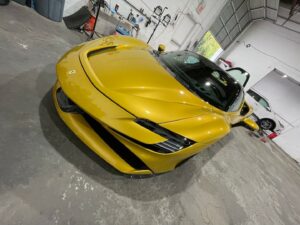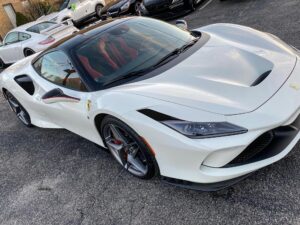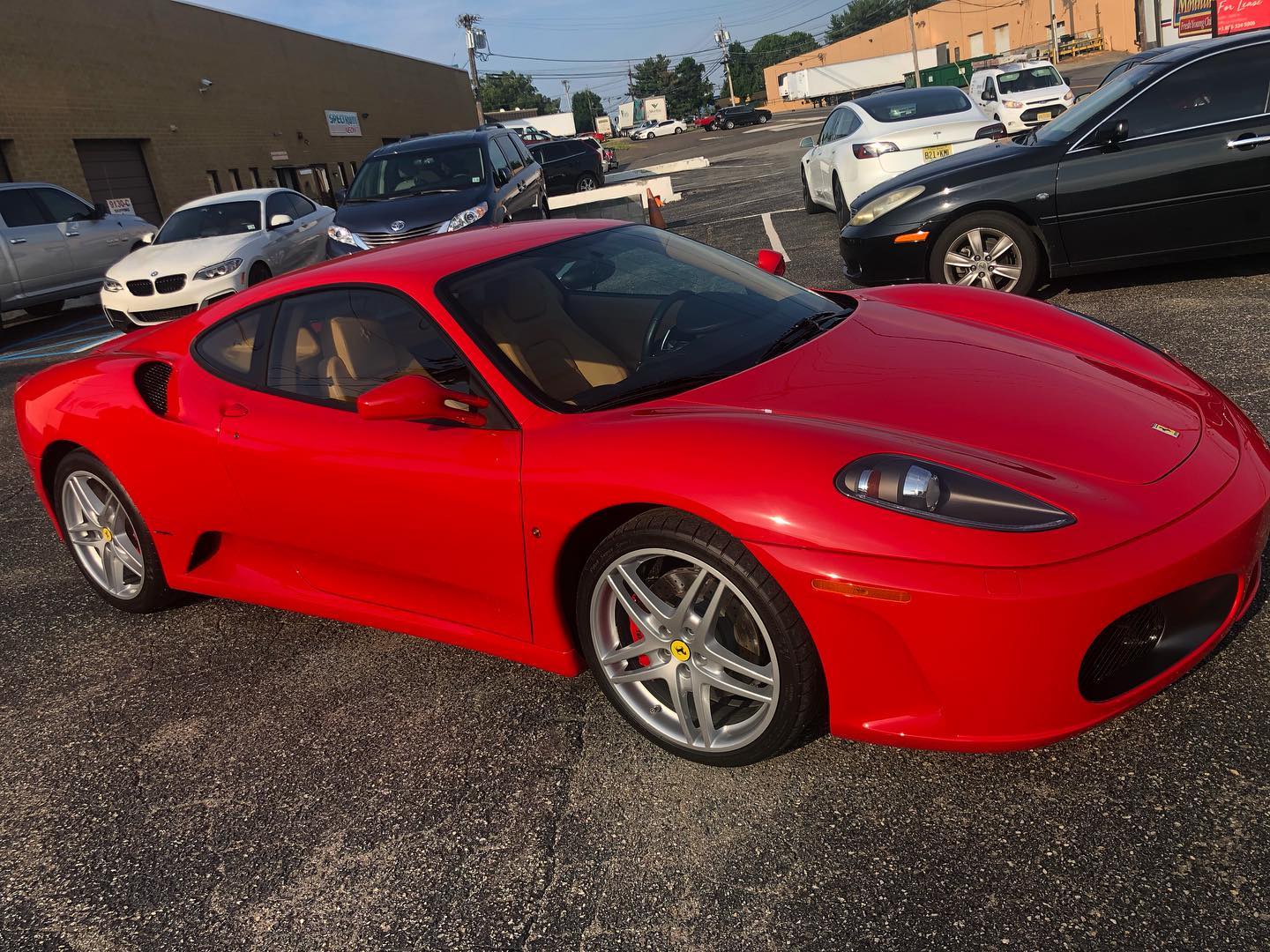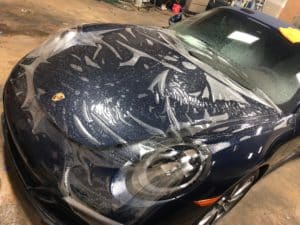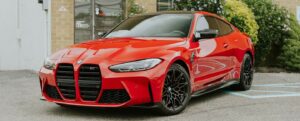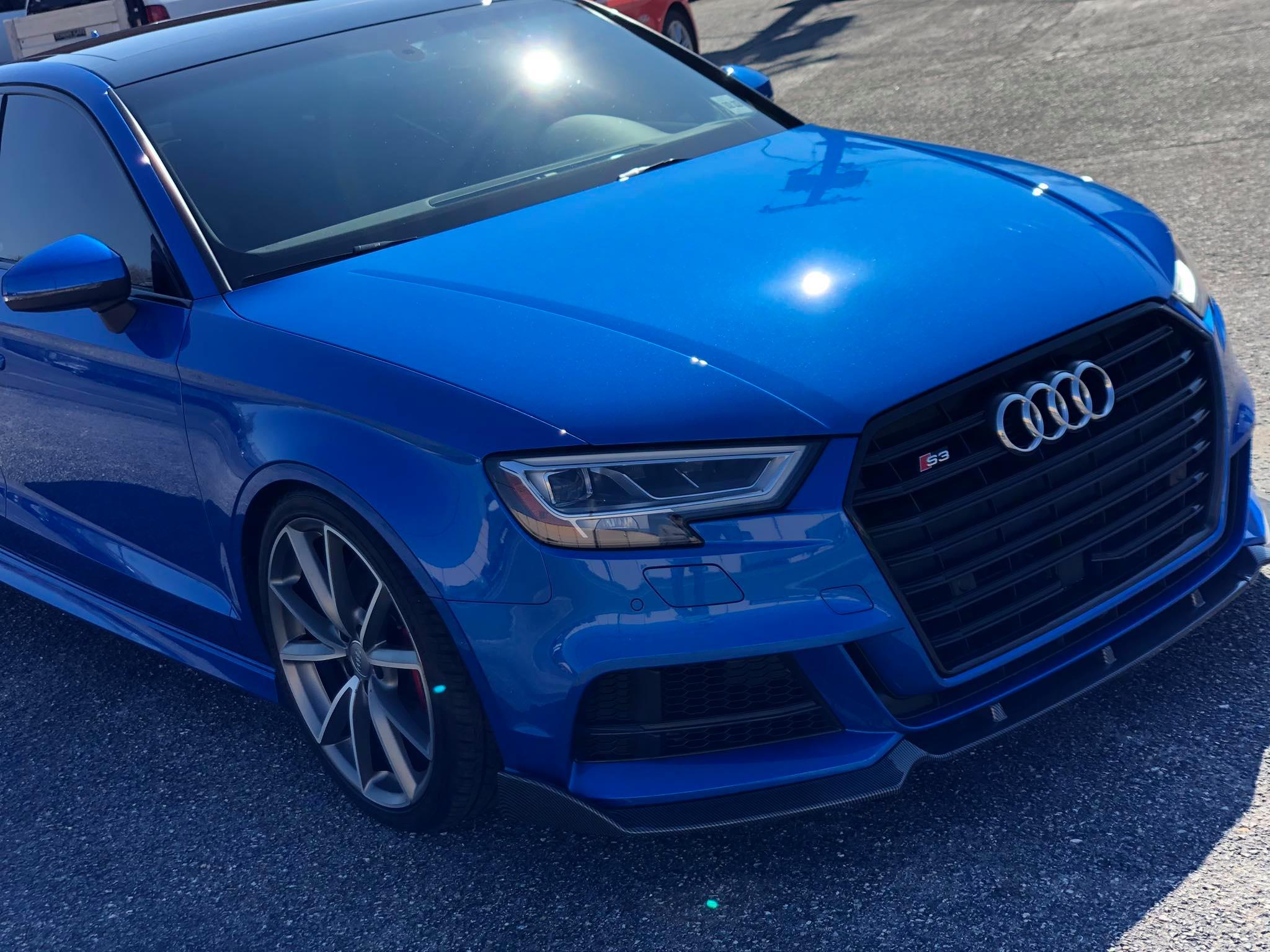
Ceramic coating has gained a lot of popularity in the car care world. It’s one of the most popular car paint protection products on the market. These products have many benefits but also have some drawbacks. In this article, we will talk about their pros and cons in detail.
What is Ceramic Coating?
Ceramic coating is a liquid polymer that bonds with your car’s paint. It creates a protective layer on top of the paint. This layer is more durable than traditional wax or sealants.
Pros of Ceramic Coating
1. Long-lasting Protection
Ceramic coating lasts much longer than traditional paint protection methods. It protects your car for 2-10 years depending on the product and the installer. Even though the initial cost is high, long-term protection will save money in the long run.
2. Enhanced Gloss and Shine
Ceramic coating can improve your car’s appearance significantly. It enhances the depth and clarity of your car’s paint and creates a smooth, glossy finish. The coating can make your car’s color appear more vibrant and give it a showroom-like shine.
3. Hydrophobic Properties
One of the most notable benefits of ceramic coating is its water-repelling nature. The hydrophobic properties of the coating make water drops roll off easily, making cleaning easier. Dirt and grime don’t stick to the surface like they normally would. So, your car stays cleaner for longer periods and reduces the need for frequent washing.
4. Protection Against Chemical Stains and Etching
Ceramic coating provides a barrier against many harmful substances. It helps protect against acid rain, bird droppings, and tree sap. This protective layer significantly reduces the risk of chemical etching on your car’s paint.
5. UV Protection
Ceramic coating protects your car’s paint from sun damage. It reduces paint oxidation caused by UV rays and helps prevent color fading.
6. Scratch Resistance
While not scratch-proof, ceramic coating does offer some protection against minor scratches. It helps prevent fine scratches from washing and can resist minor scratches.
Cons of Ceramic Coating
1. High Initial Cost
Ceramic coating costs are high upfront. Professional applications can cost anywhere from $500 to $2000 or more, depending on the quality of the product and the size of your vehicle. High-end coatings are more expensive. Also, the costs for paint correction and other prep work can increase the overall price.
2. Needs Reapplication
Despite its durability, ceramic coatings don’t last forever. You’ll need to reapply the coating every few years to maintain its effectiveness.
3. Professional Application Required
Ceramic coating should be applied by a professional for the best results. Proper application requires training and experience. Many coatings need specific conditions to cure properly, which is difficult to do without professional equipment.
4. Not the Best Paint Protection Solution
Ceramic coating has limitations in its protective capabilities. It doesn’t prevent rock chips or deep scratches. It can’t absorb impact like Paint Protection Films. Unlike some films, ceramic coating can’t repair itself, so any damage to the coating is permanent until reapplication.
5. Potential for Improper Application
If not applied correctly, ceramic coating can cause issues. Uneven application can lead to visible spots in the coating. If not bonded properly, the coating may peel off over time. These issues can be difficult and expensive to correct.
6. Maintenance Still Required
While it’s easier to maintain ceramic coatings still need care. You need to wash it every now and then. Some cleaners can degrade the coating over time, so you need to be careful while washing.
Factors to Consider
Consider these factors when deciding if ceramic coating is right for you.
1. Your Car’s Value: For new or high-value cars, ceramic coating can be a good investment for protecting expensive vehicles. However, for older cars, the cost might outweigh the benefits, and traditional protection methods might be more cost-effective.
2. Your Climate: If you live in an area with extreme weather or high pollution, ceramic coating can offer valuable protection. In milder climates, the benefits might be less noticeable.
3. Your Car Care Habits: If you prefer minimal car care, ceramic coating can make maintenance easier for you. It reduces the need for washing and waxing.
4. Your Budget: Consider if your budget allows you the upfront cost of a professional application. Sometimes we have a tight budget and can’t stretch even if we want to.
5. Your Expectations: It’s important to understand what ceramic coating can and can’t do for your car. Be realistic about its capabilities and limitations.
Conclusion
Ceramic coating offers a lot of benefits in terms of paint protection, appearance enhancement, and ease of maintenance. But, it comes with a high initial cost and requires professional application. It’s not a perfect solution for all paint protection needs. So, consider your specific situation, budget, and expectations when deciding.
If you are in New Jersey, and looking for a professional installer, AODetail can fulfill your needs. At AODetail, we specialize in ceramic coating installations. We only use top-tier Ceramic coating products. Contact us at 856-906-2454 or visit our website to book an appointment today!

